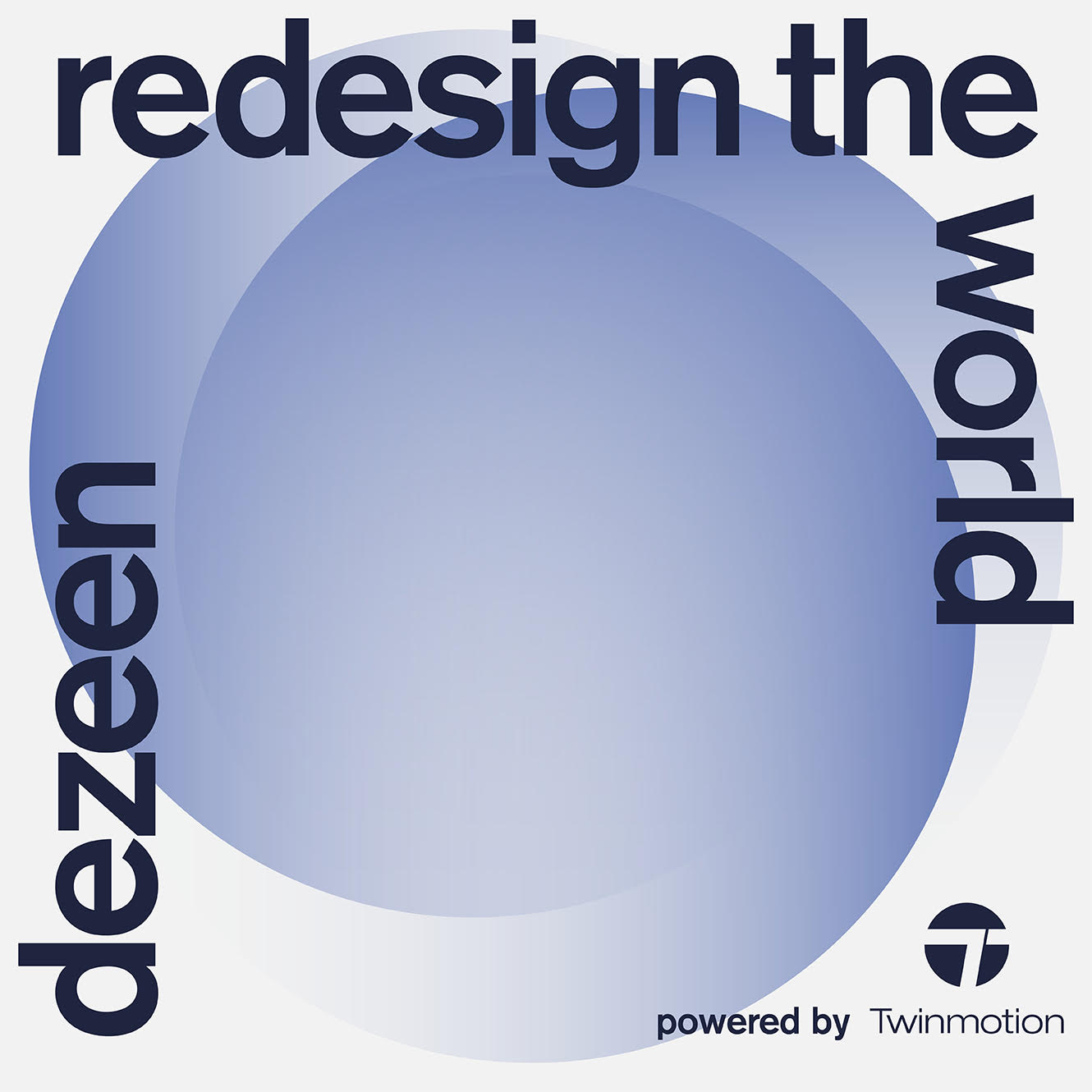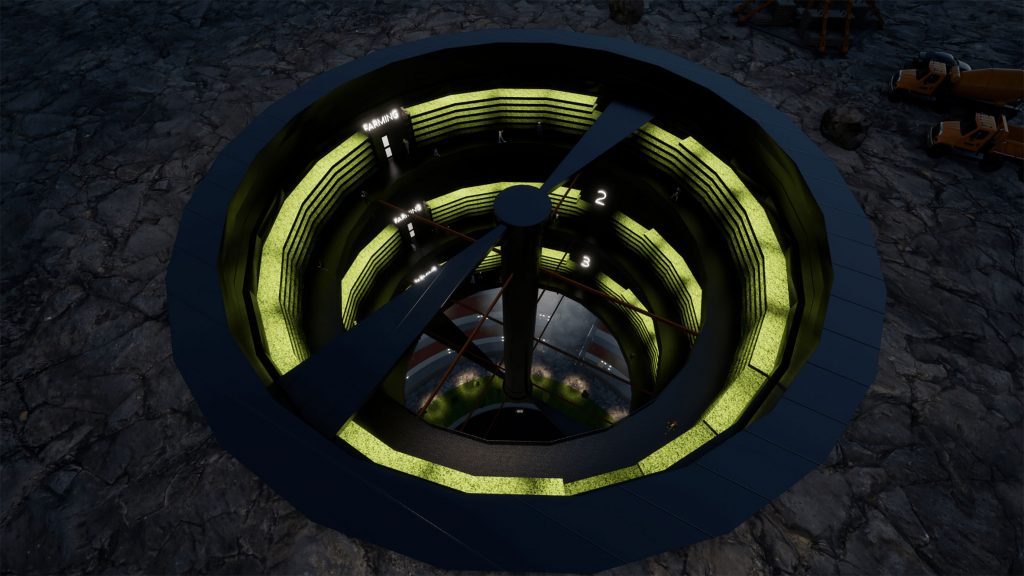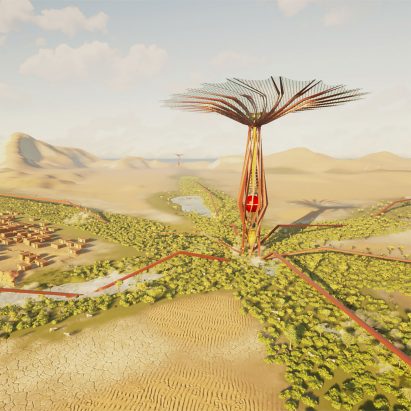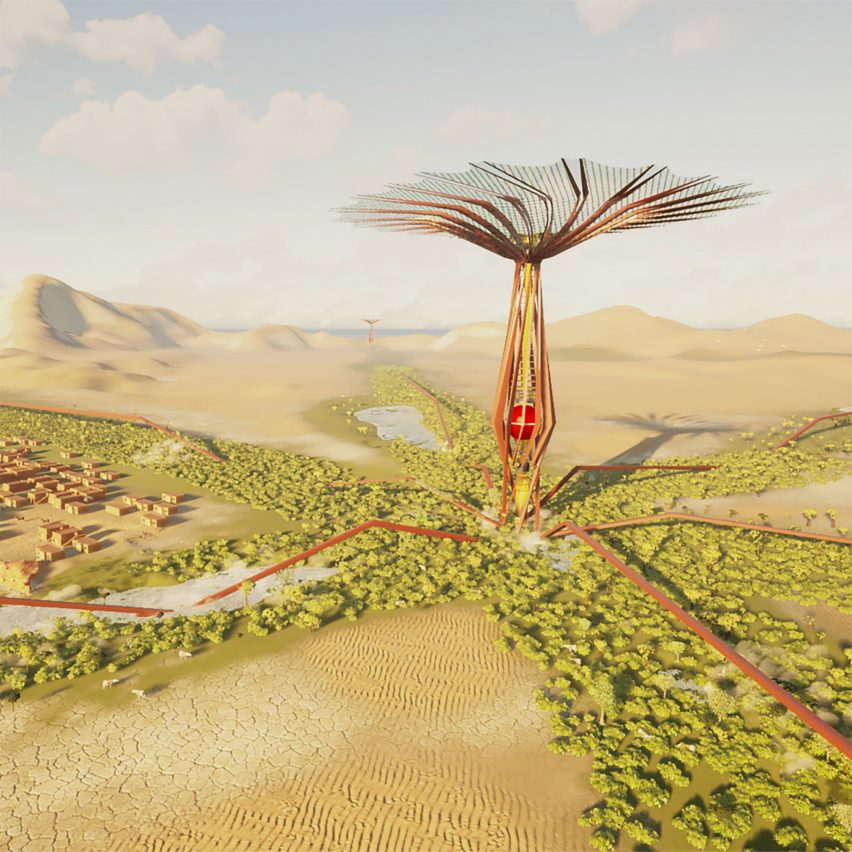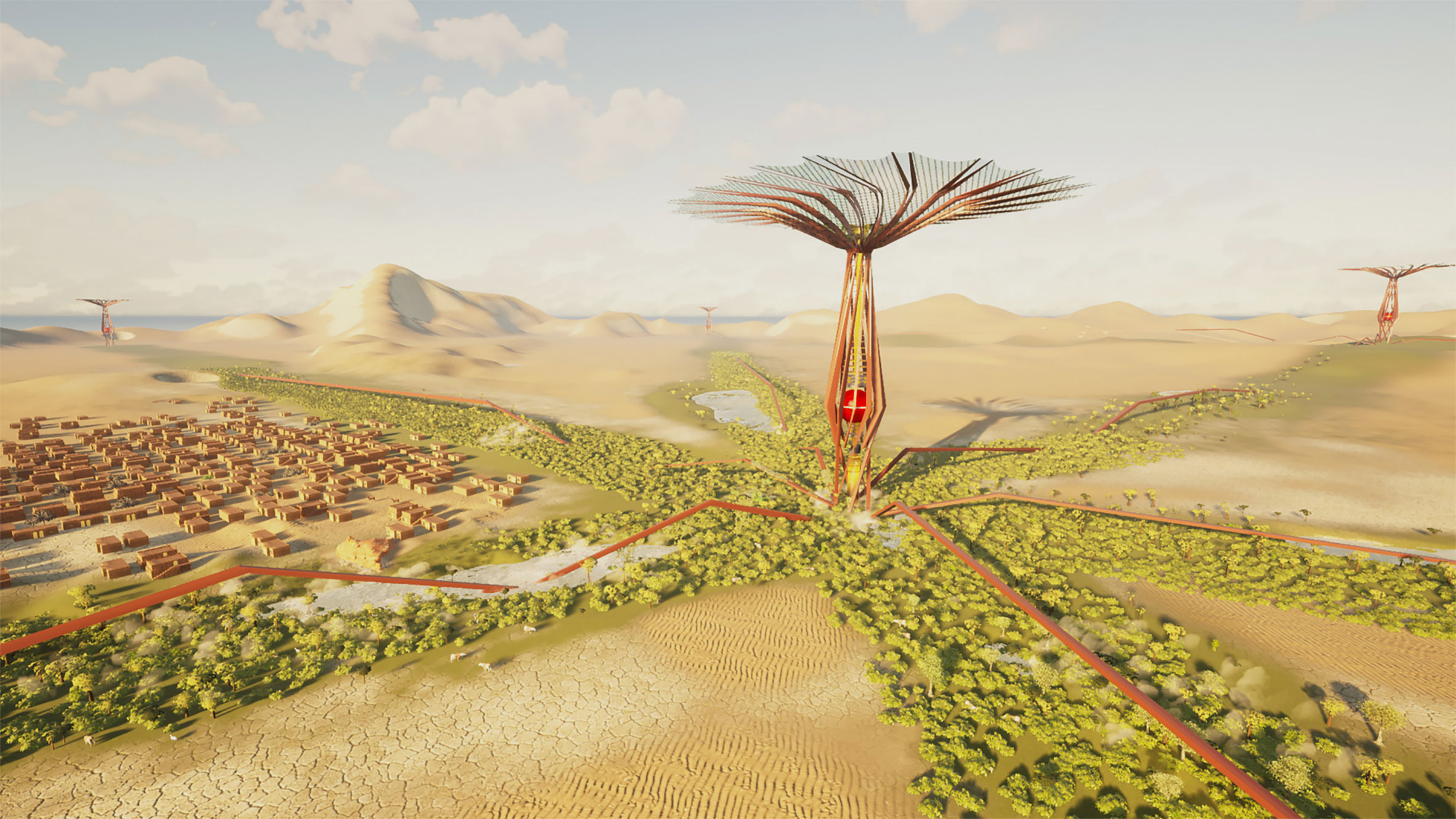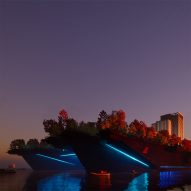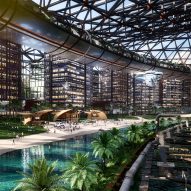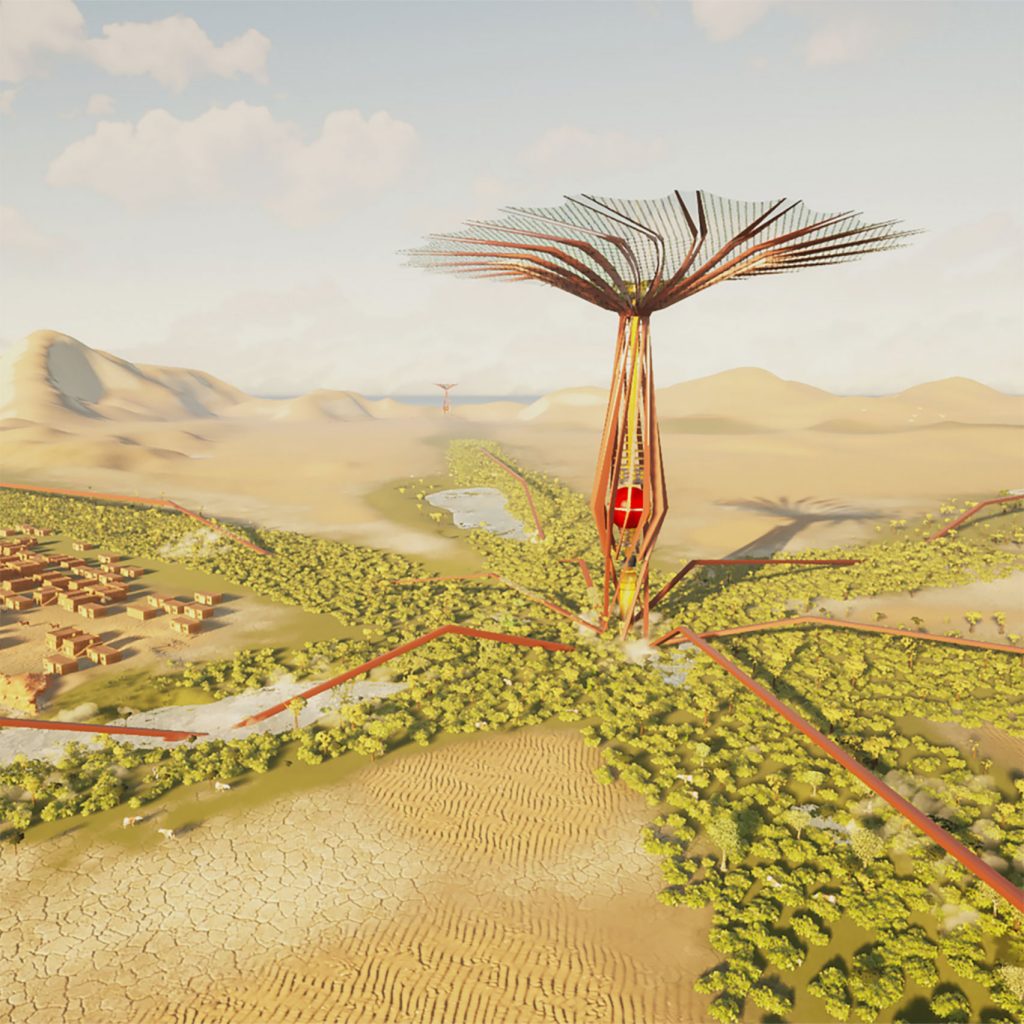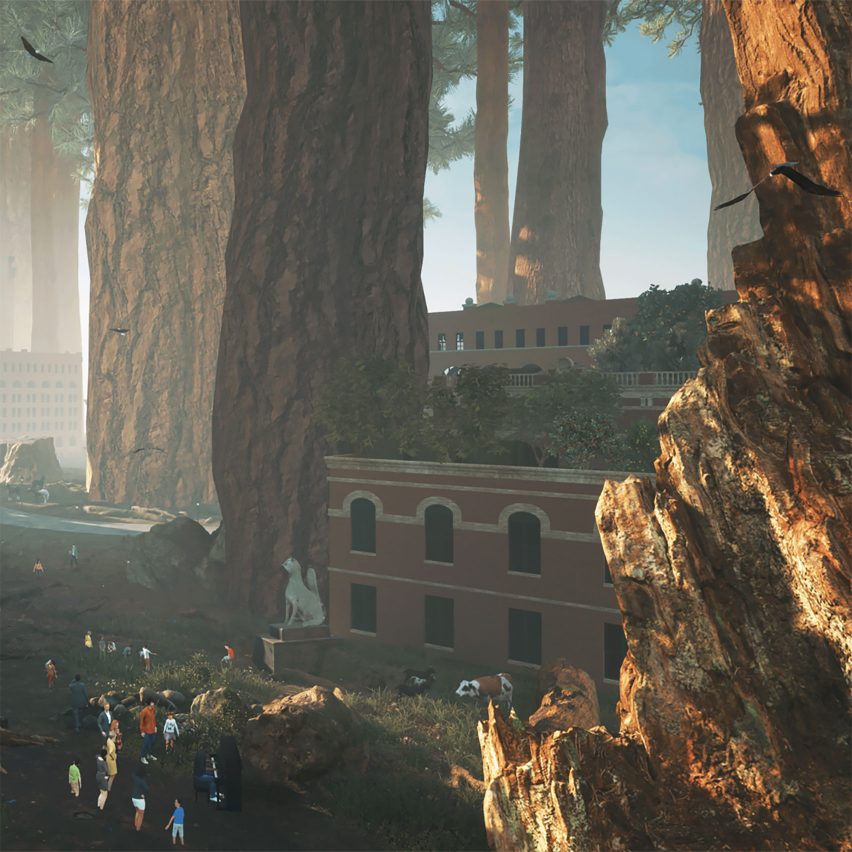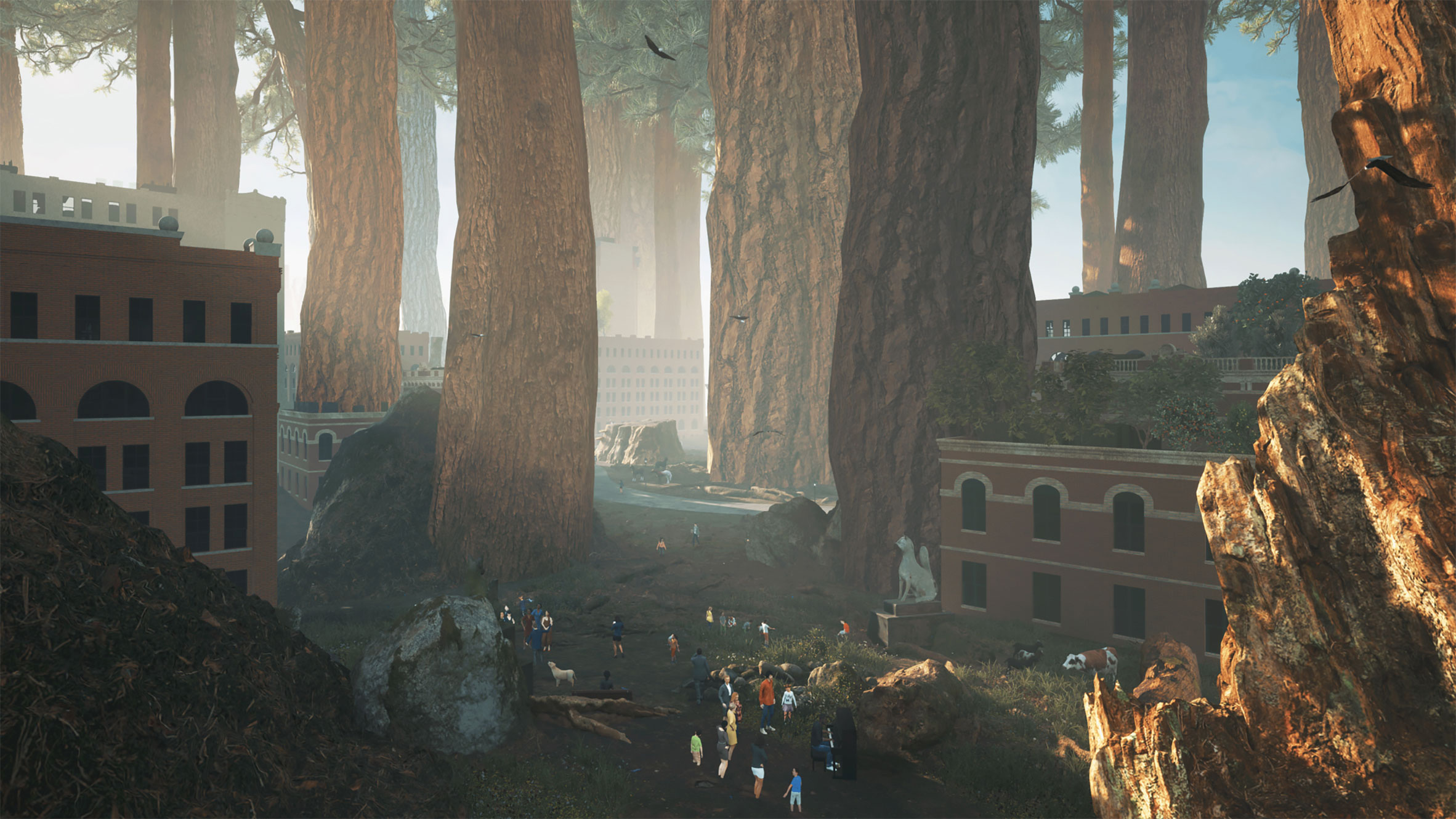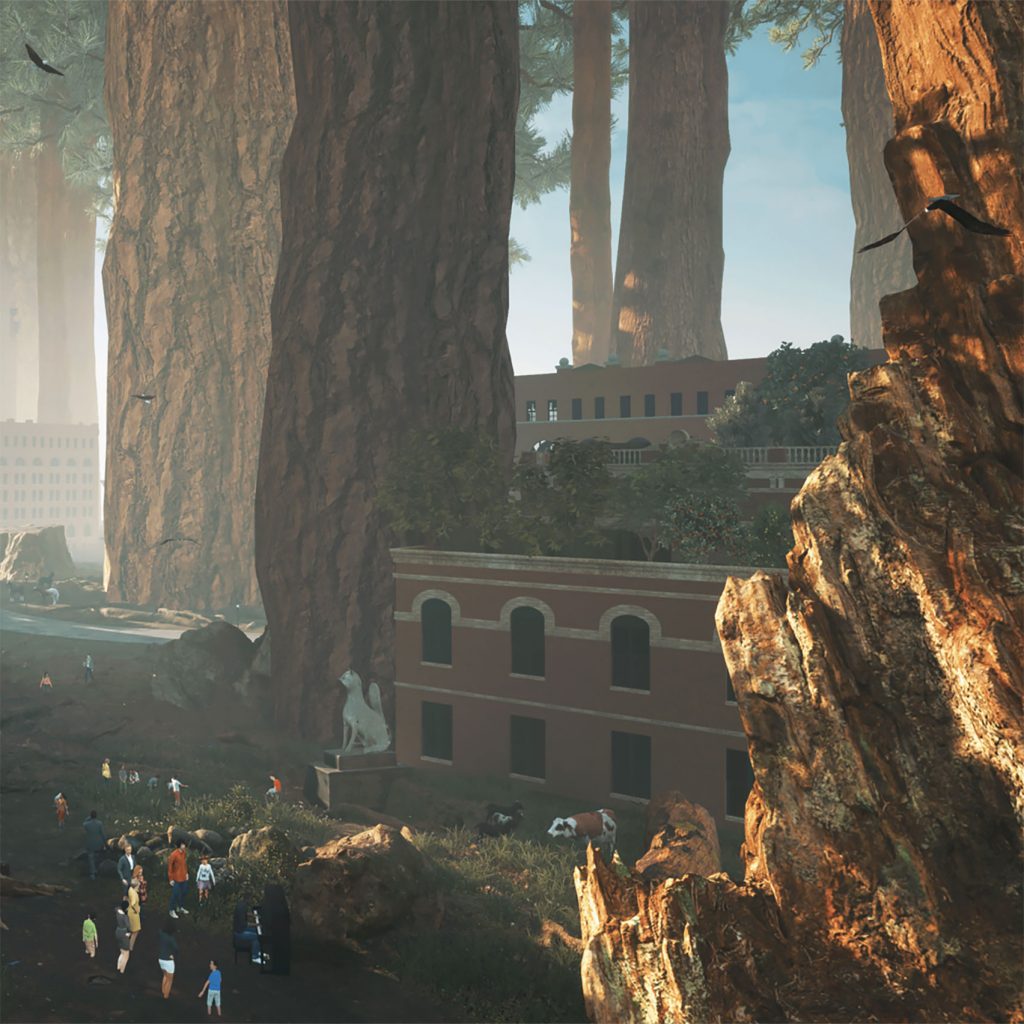Dennis Christian Schmidt proposes underground cities to protect humanity from "the hardships our future holds"

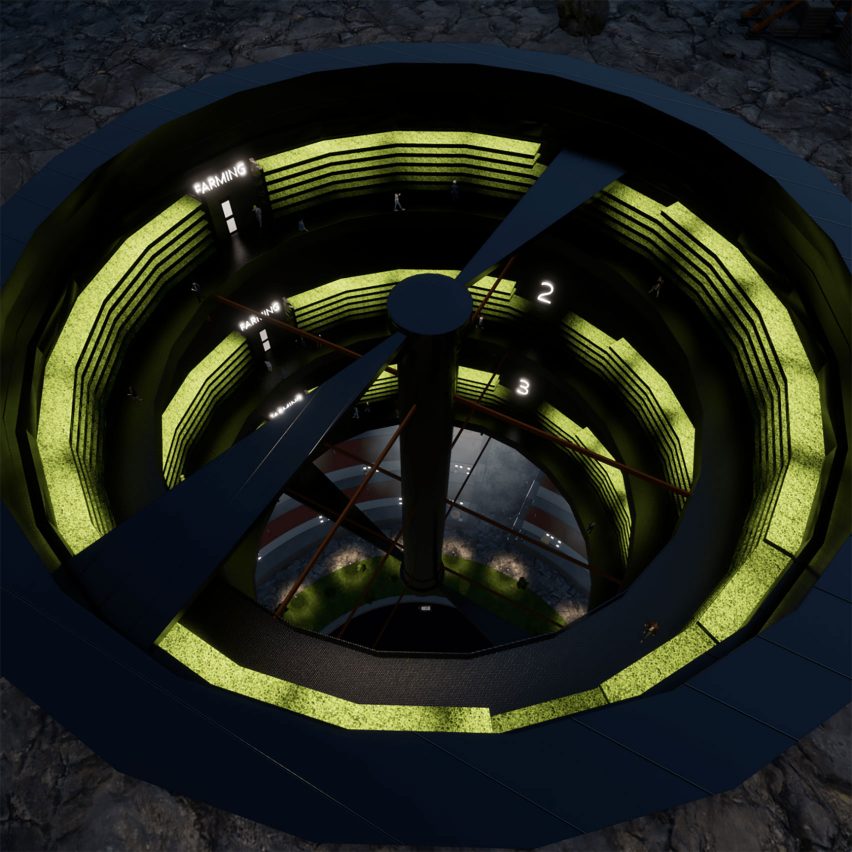
The next finalist project in Dezeen's Redesign the World competition powered by Twinmotion is Dennis Christian Schmidt's proposal to create a network of underground cities built around climate-regulating lakes.
Called Cave City, Schmidt's proposal is to create cities deep below the earth's surface in a bid to protect against climate change and natural disasters such as storms, tornadoes and increasing temperatures.
The proposed cities feature large residential quarters that take the form of colosseum-like structures built around lakes that help to regulate the climate inside the caves.
The ceilings also feature integrated ventilation systems to foster the growth of crops grown in vertical farms.
Read more about the proposal below.
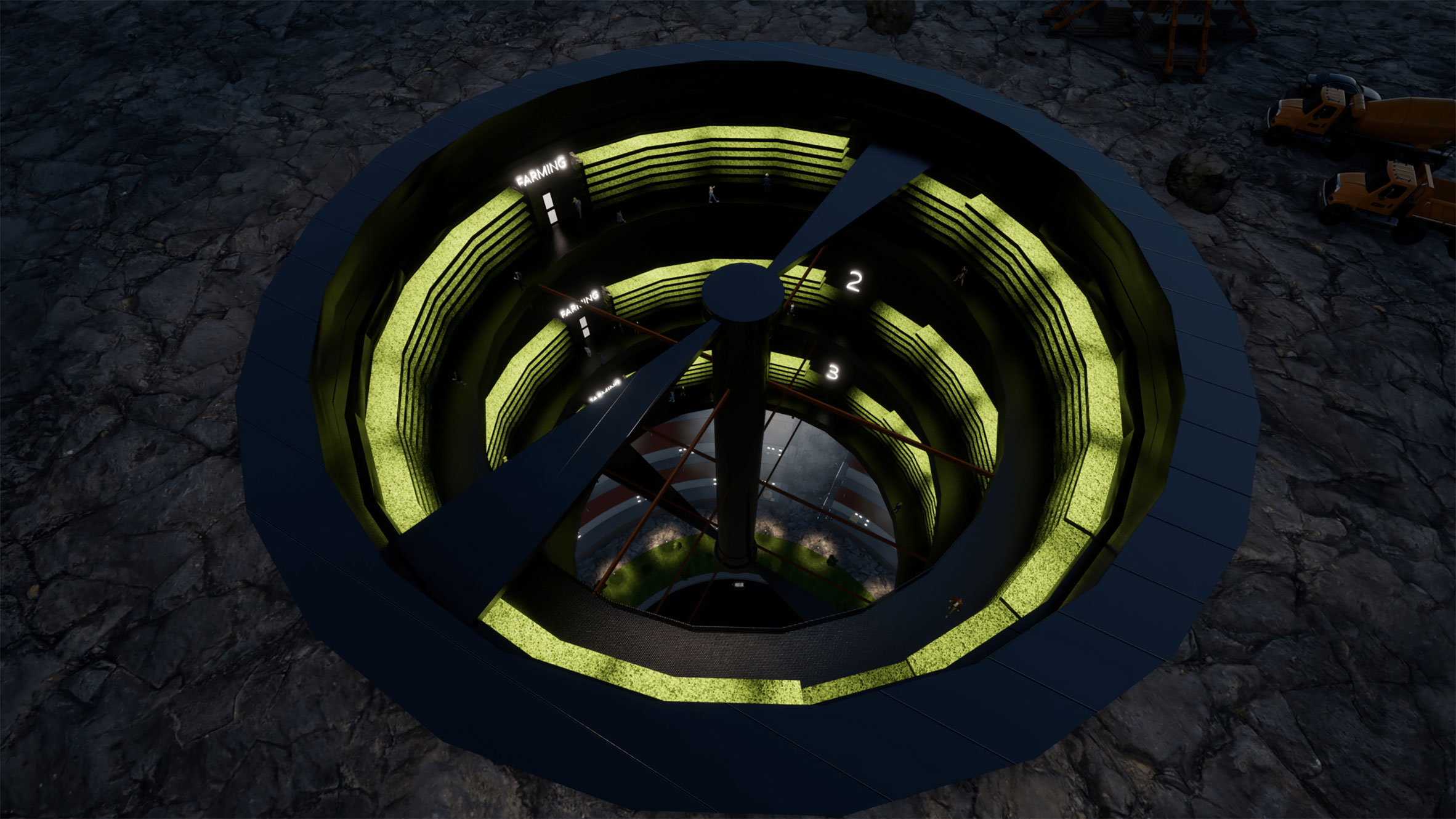
Cave City
Dennis Christian Schmidt
Worms, Germany
Finalist
"Climate change and the resulting increase in natural disasters will force us to find alternative living spaces. Cities need to be protected from storms, tornadoes and rising heat.
"So how about creating cities underground rather than above ground?
"Cave City lies several dozen meters below the surface, protected from the hardships our future holds for us.
"The residential quarters are laid out like a colosseum around a lake. The lake helps to regulate the climate inside the cave and offers a range of leisure activities.
"Transport to and from the city is guaranteed via a subway system.
"A ventilation system in the ceiling of the cave is combined with a plant of vertical farms. A lot of crops need wind to develop tall, strong stalks, needed later when they are carrying heavy loads before harvest. Through this two birds can be killed with one stone."
Redesign the World
Redesign the World is the ultimate design competition, which called for new ideas to rethink planet Earth to ensure that it remains habitable long into the future.
Launched in partnership with Epic Games, the contest asked entrants to visualise their concepts using architectural visualisation software Twinmotion.
The contest received over 100 entries from more than 30 different countries around the world.
These were assessed by a judging panel comprising White Arkitekter CEO Alexandra Hagen, structural engineer Hanif Kara, speculative architect Liam Young, Twinmotion product marketing manager Belinda Ercan and Dezeen founder and editor-in-chief Marcus Fairs, which selected 15 proposals as finalists to be published on Dezeen.
We are unveiling one finalist a day throughout our Dezeen 15 festival, culminating in the winner being announced on 19 November.
The winner will receive the top prize of £5,000. There are also prizes of £2,500 for second place, £1,000 for third place and £500 each for the remaining finalists.
Find out more about Redesign the World ›
See all the finalists revealed so far ›
The post Dennis Christian Schmidt proposes underground cities to protect humanity from "the hardships our future holds" appeared first on Dezeen.
#redesigntheworldfinalists #redesigntheworld #all #architecture #design #technology #videos #underground #twinmotion
